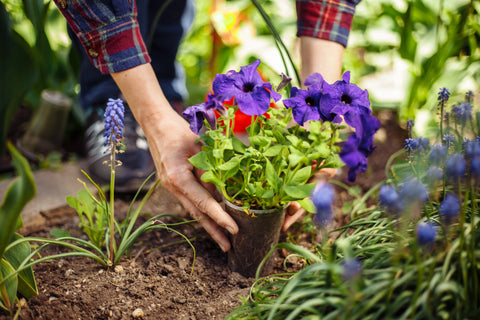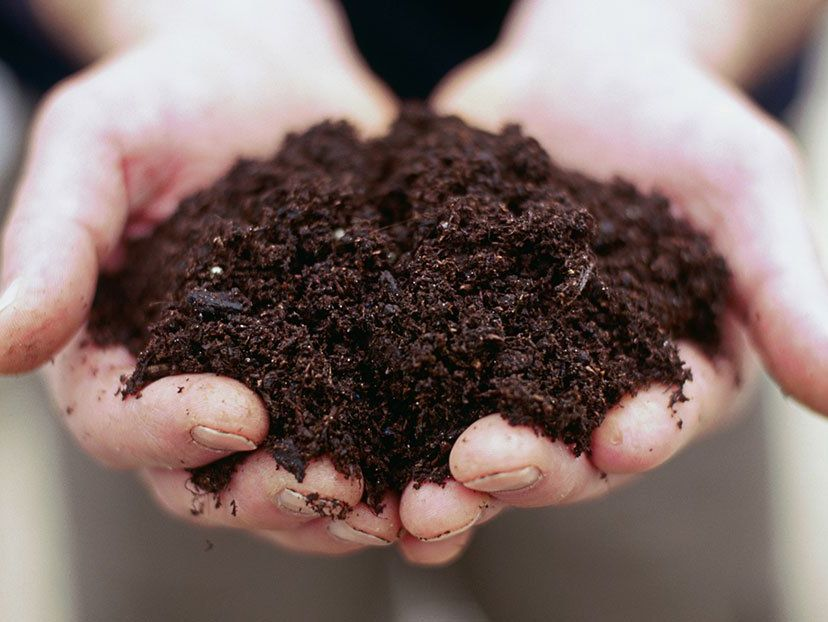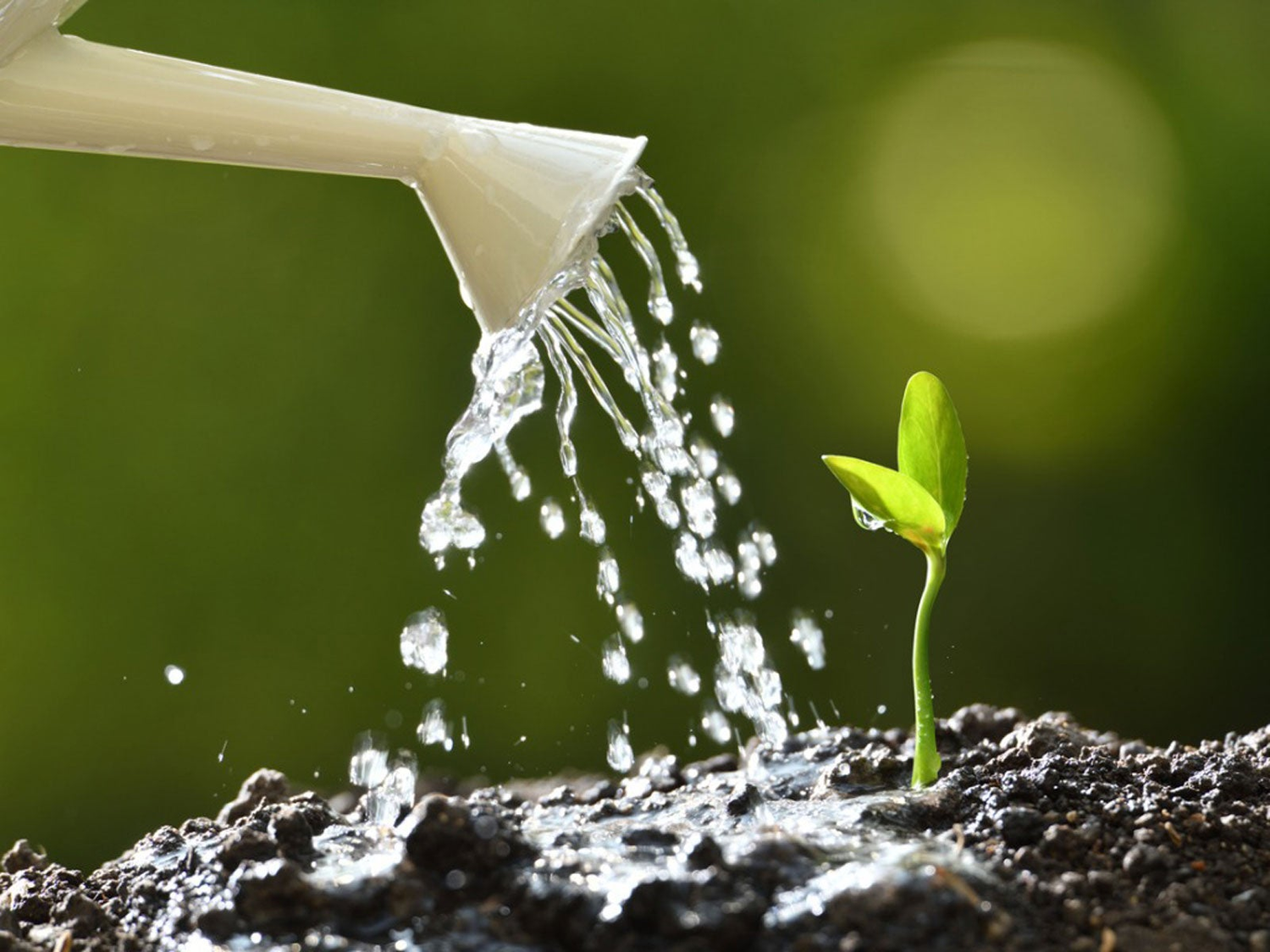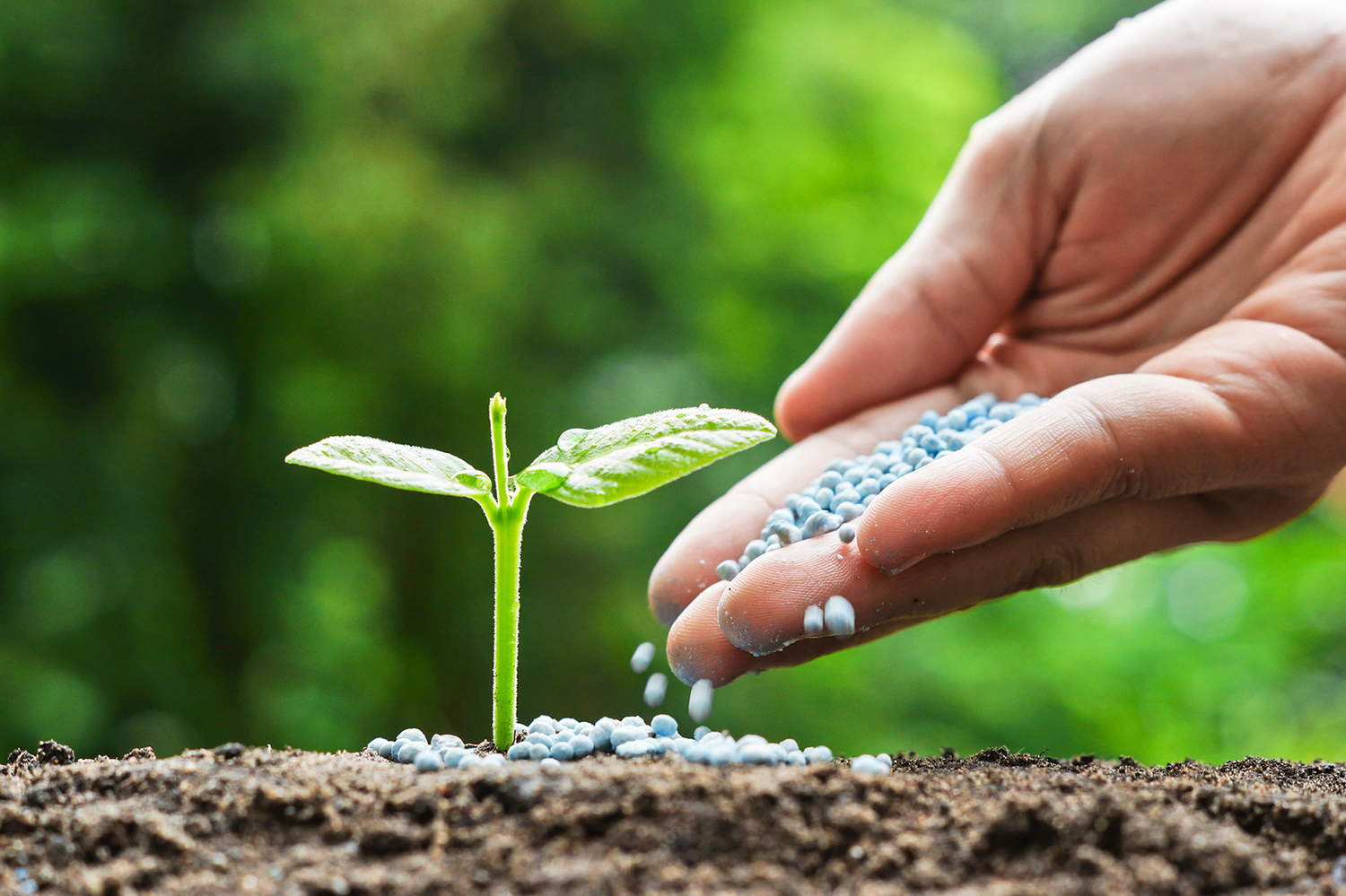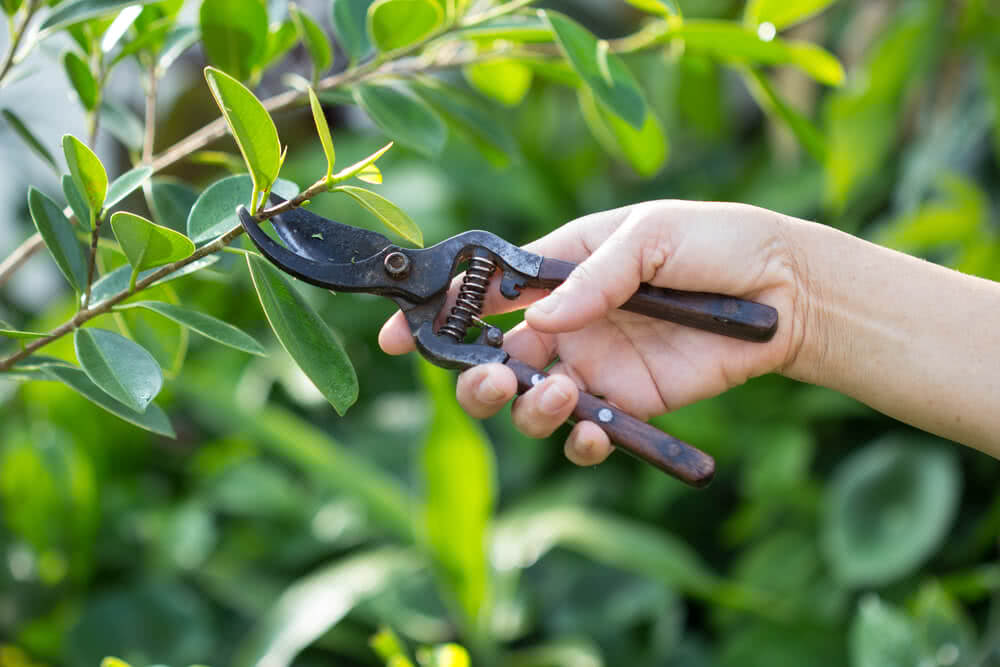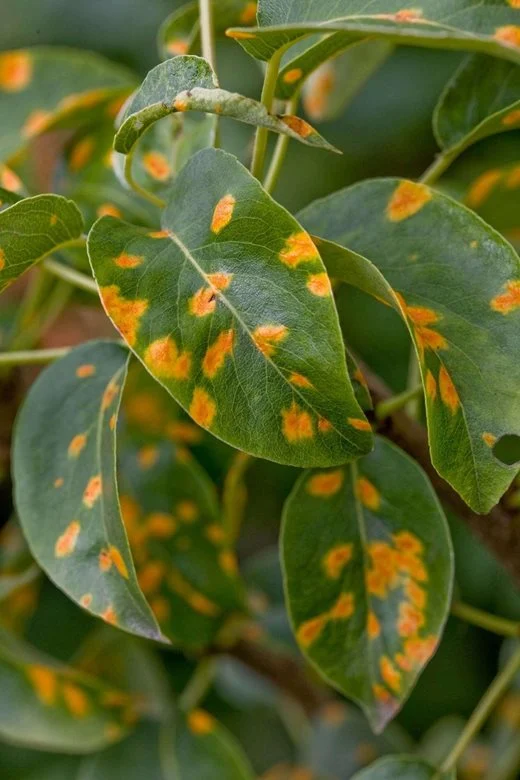Soil Condition
For a maple tree to grow properly, soil is the first factor that should be considered. Maple Trees prefer acidic soils almost 5-7 on the pH scale. If you are not sure that the soil is suitable for planting your maple tree then it’s advisable to test the spot before planting. A soil testing kit might come in handy, or buy a pH testing probe. According to the test results, you can add limestone to boost alkalinity or soil sulfur to raise acidity. Organic mulch can be used to maintain the soil’s acid level.


